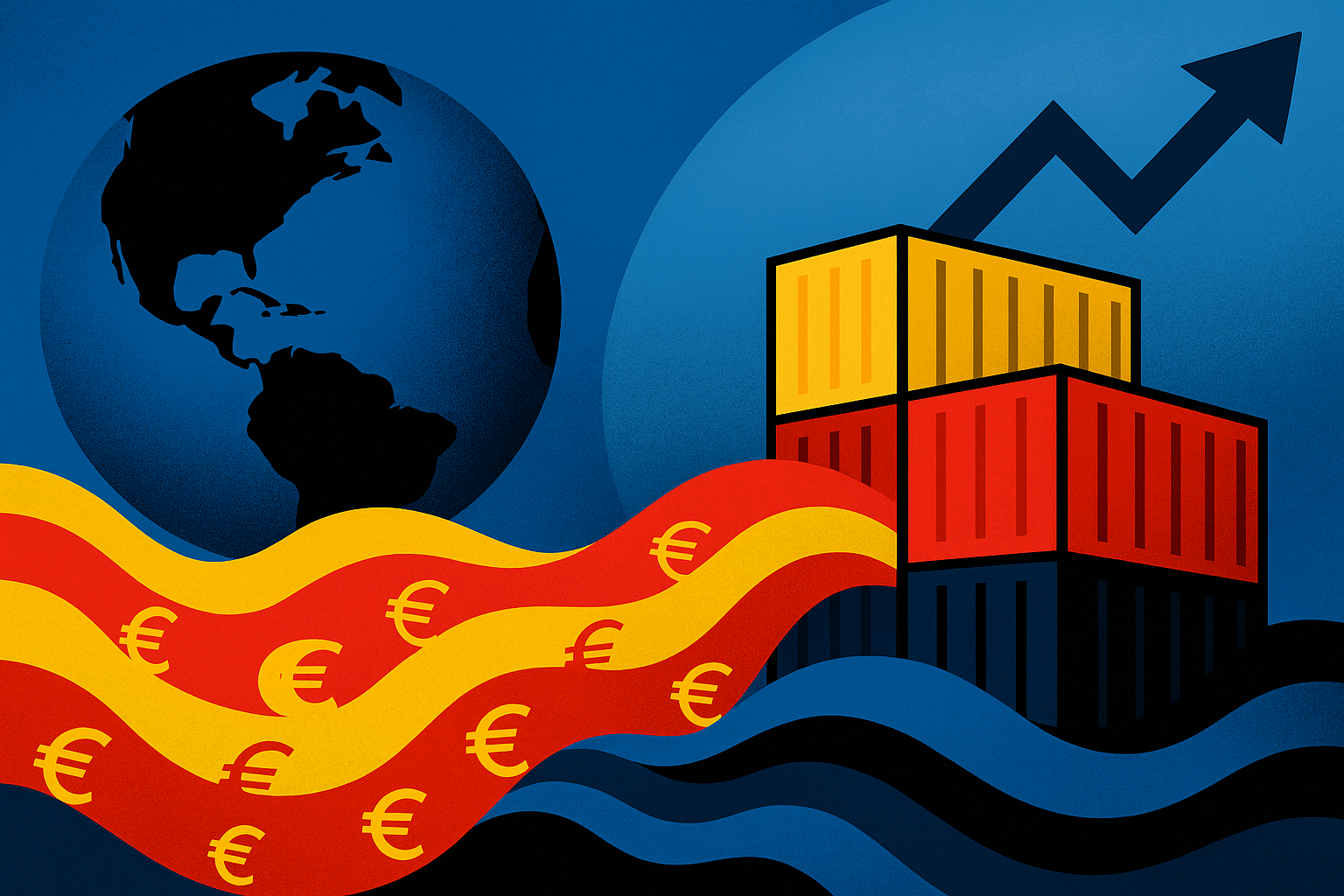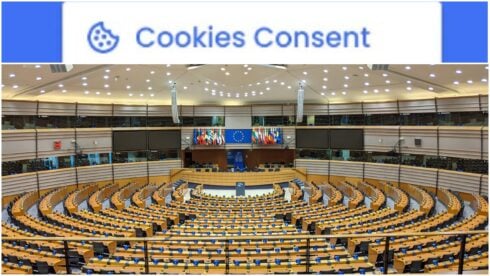SPAIN’S economy has lost a little of its shine as growth eased to 0.6% in the third quarter, with the finger pointed at exports faltering under the weight of shifting global trade.
The slowdown, revealed on Wednesday by Spain’s National Statistics Institute (INE), marks a slight deceleration from the 0.8% recorded in spring but extends an extraordinary run of nine straight quarters of expansion.
Compared with a year earlier, gross domestic product (GDP) rose 2.8%, down from 3.1% in the previous quarter but still well ahead of the eurozone average.
Economists say the country’s continued resilience owes much to buoyant consumer spending and a record number of people in work, even as foreign trade turns from driver to drag.
Domestic demand remained the backbone of growth, with household spending up 1.2% and public consumption rising 1.1%.
Investment jumped 1.7%, helped by strong confidence among Spanish firms and ongoing EU recovery funds feeding into infrastructure and green projects.
The government credited the solid results to what it called ‘the strength of the labour market and improved household purchasing power.’
Employment hit an all-time high of 22.4 million, though unemployment ticked up slightly to 10.4%, just shy of breaking the symbolic 10% barrier.
It was a different picture abroad. Exports of goods and services fell 0.6% on the quarter while imports climbed 1.1%, a combination that shaved six-tenths of a point off overall growth.
The imbalance reflects a wider trade realignment after former US president Donald Trump’s tariff deal in August imposed steep duties on European goods sent to the United States.
READ MORE: Andalucia has the highest rate of deaths from cardiovascular diseases – Spain’s biggest killer
Asian producers, facing similar barriers, have meanwhile turned to Europe, flooding the market with cheaper Chinese and Vietnamese products.
Analysts say this surge of low-cost imports may be helping to keep inflation in check but is undermining European exporters, including Spain’s once-booming manufacturing and agri-food sectors.
Raymond Torres, director of economic analysis at think tank Funcas, said the pattern was clear.
“The variables that were strong, like consumption, are now even stronger, while those that were weak, such as exports, have deteriorated further,” he noted.
Angel Talavera, chief European economist at Oxford Economics, agreed that the cooling was not cause for alarm.
“Rather than exhaustion, it’s a normalisation after several years of growth above 3%. If Spain can maintain a sustainable pace around 2.5%, that’s still robust,” he said.
The construction sector also eased off the gas, growing 0.8% compared with 2.4% in the previous quarter. Even so, activity was up 6.1% year-on-year despite the seasonal lull of summer.
Economist Javier Santacruz described the figures as ‘a logical deceleration’ rather than a downturn. “Spain is in the slowdown phase of its cycle, but growth will stay positive. The country has consistently outperformed its European peers in recent years.”
Forecasts for the full year remain upbeat. BBVA Research and the Council of Economists expect GDP to rise by 3%, while the International Monetary Fund, Funcas and CaixaBank predict 2.9%.
The government’s current estimate of 2.7% is likely to be revised upward in the coming days.
In an increasingly fractured global economy, Spain’s all-star status may be dimming slightly – but for now, it still outshines much of Europe.
Click here to read more Business & Finance News from The Olive Press.








